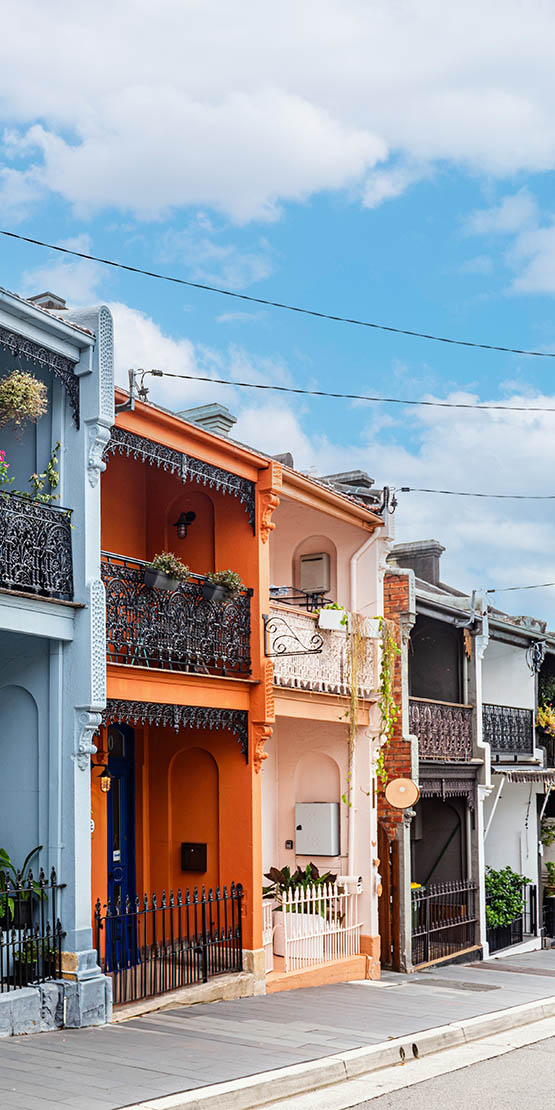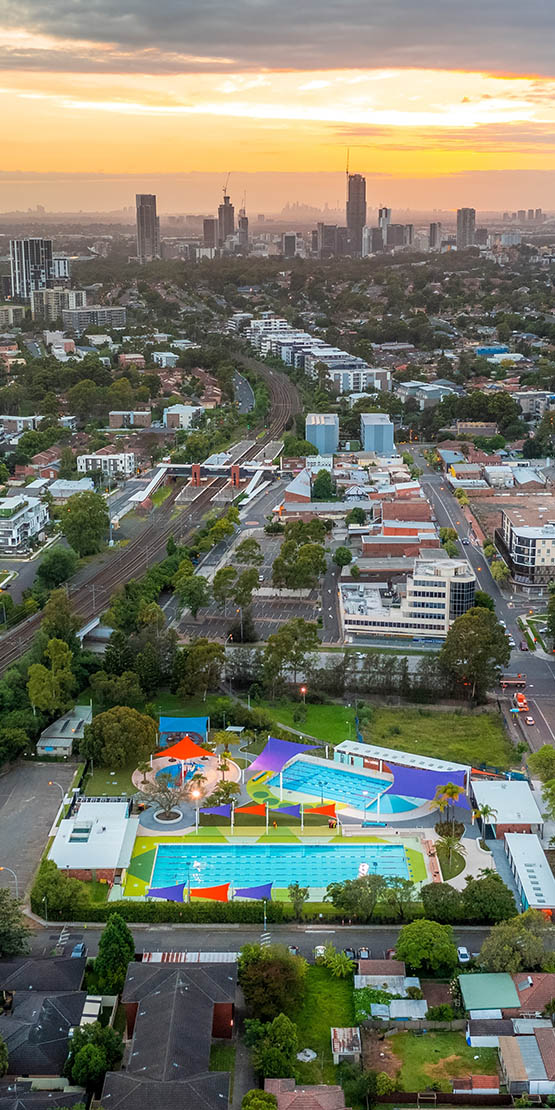This month, Sydney’s property market was shaped by debates over stamp duty reform, rising affordability pressures, and evolving dynamics between construction costs, buying activity, and rental demand. Analysts and economists highlighted both the challenges of affordability and the opportunities that shifting conditions may create for buyers, investors and policymakers. The following summaries highlight ten of the most significant stories influencing the market in September 2025.
Stamp Duty Burden Near-Tripled in a Generation
https://www.domain.com.au/news/how-the-stamp-duty-burden-near-tripled-in-a-generation-1414136/
New research by Domain has revealed that the cost of stamp duty in Sydney has soared dramatically compared to household incomes over the past 25 years. In 2000, stamp duty on a median-priced house equated to 44.5 per cent of gross household disposable income per capita, but by 2024 this had jumped to 119.7 per cent, with a typical bill of $74,005. Similar patterns were observed in Melbourne and Brisbane, where stamp duty rose much faster than incomes. Experts including Domain’s Dr Nicola Powell and the e61 Institute’s Dr Nick Garvin warn that stamp duty distorts the housing market by discouraging mobility, pushing people to renovate rather than move, and penalising younger buyers more heavily than previous generations. Economists argue that a switch to a broad-based land tax could provide a fairer alternative, but such a reform would require transitional support and faces political challenges. The ACT’s gradual phase-out of stamp duty is being closely watched as a test case, although experts note the political sensitivity of annual land tax bills compared to one-off charges at purchase.



